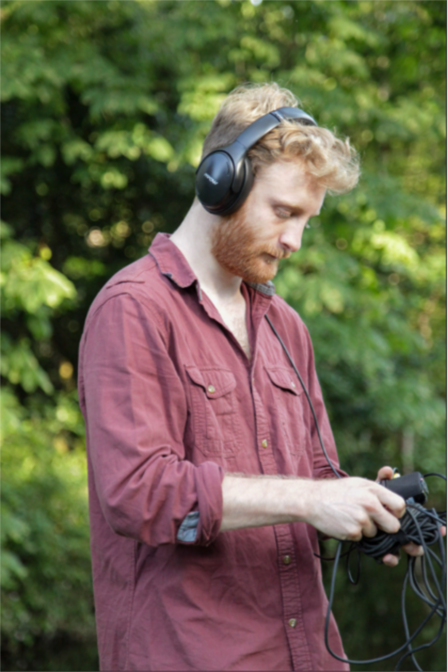Ponds in peril
Globally, freshwater species have declined by 84% in the last 45 years, and wetlands are disappearing three times faster than rainforests. Here in the UK, we’ve lost 75% of our ponds in the last 100 years. Now, more than ever, we need to understand freshwater ecosystems to prevent irreversible species loss at a catastrophic scale. By simply listening, researchers are beginning to discover a bizarre and mysterious underwater soundscape that will help conserve threatened freshwater habitats.
You might be familiar with the beautiful songs of humpback whales in the ocean, or the frantic buzzing of insects in a tropical rainforest, but what about ponds? What do they sound like? Who inhabits them? Ponds are in fact bursting with life and underwater sound - it’s like a festival!


